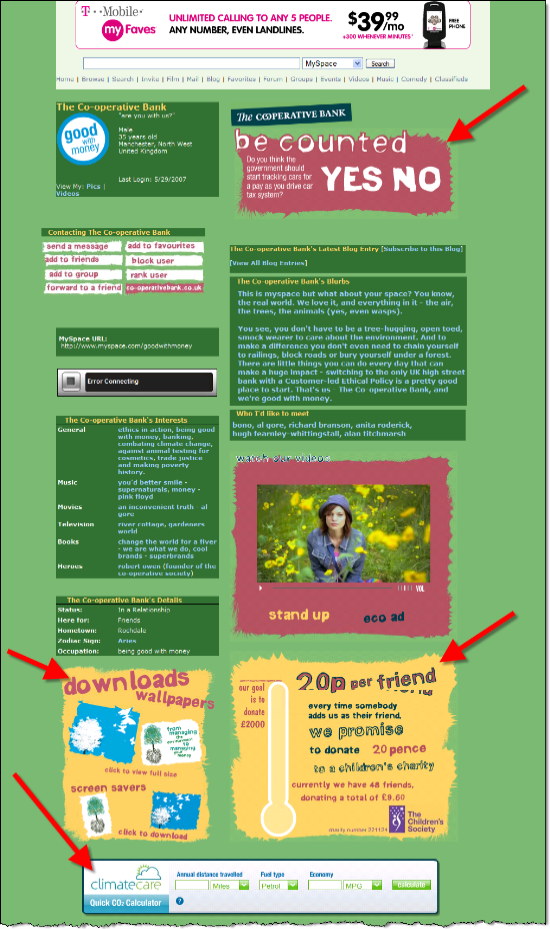 You know you have it made when your company becomes a verb. Everyone on the planet knows about Googling. Then there is MapQuesting directions to the party, Yelping the best Thai food South of Market, and in financial services, Zillowing the house down the street. Someday, you may Wesabe your wireless provider to see how much users spend there and how they rate the experience.
You know you have it made when your company becomes a verb. Everyone on the planet knows about Googling. Then there is MapQuesting directions to the party, Yelping the best Thai food South of Market, and in financial services, Zillowing the house down the street. Someday, you may Wesabe your wireless provider to see how much users spend there and how they rate the experience.
At least that would fit the vision of Wesabe co-founder and CEO Jason Knight, who I caught up with over coffee yesterday in Seattle as I was putting the finishing touches on a report on Wesabe and other so-called "social personal finance" companies (note 1).
I came away with a new respect for what Wesabe is trying to do. They are not so much looking to be a Web-based Quicken, as I assumed; but more a Quicken/Google mashup, delivering consumer insights by finding meaning in millions of consumer purchases. Overall, it's more like what Google does with a billion Web pages, than what Quicken does with a few thousand transactions (for each user).
But unlike Google, which can crawl websites at will, Wesabe must convince consumers to open up their spending files to the equivalent of a search engine crawl. To do that, Jason says that Wesabe "must make financial information interesting (to its users)" while also making it drop-dead simple to upload data to Wesabe.
No easy task. But Wesabe seems to have a head start on making that happen. More on that in our full report (see note below).
Note:
1. Our next Online Banking Report, Social Personal Finance, will look at the entire sector. You'll find it here next week. It will include a detailed look at Wesabe and Lending Club, which is catering entirely to Facebook users (see post here), and what banks should do to compete and/or partner with this new type of financial provider.



















